THIS was a concert of (mainly) piano music by musicians for musicians.

It was a concert of extraordinarily difficult pieces placing extraordinary technical demands on the musicians and calling for extraordinary listening skills of the audience.
All of the works, true to the war themes of this year’s Canberra International Music Festival, were composed during and around the time of WWI.
Timothy Young opened the concert with Maurice Ravel’s “Le tombeau de Couperin”, written in tribute to Ravel’s fellow countryman and composer, Francois Couperin of the early 18th century. In six movements, this work, written between 1914 and 1917, hinted at the musical styles of Couperin’s era but brought them right up to date for Ravel’s time. There were big chords, impossible runs and urgency – a kind of “busy-ness”. Even so, the works were full of lyricism, if not always obvious.
Then it was Adam Cook’s turn, playing several of the pieces from Claude Debussy’s “Etudes, Book 1”, written in 1915. Debussy was 13 years older than Ravel and these pieces suggested more maturity with less of the grand and boisterous and more of the refined and sensitive. Even with the young Adam Cook’s firm touch, he extracted the refined and sensitive with great maturity of expression and control.
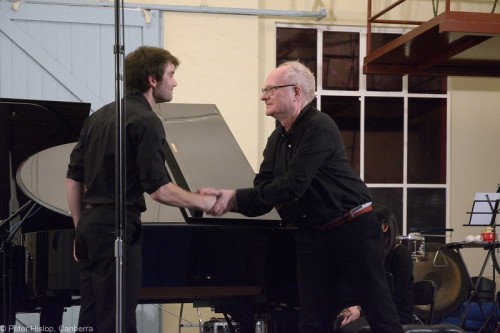
Swedish pianist, Bengt Forsberg then joined Cook on stage for a performance, on two pianos, of Debussy’s “En blanc et noir”, from 1915. This work, in three movements, required absolute perfection in timing, especially for the single notes played simultaneously on both pianos. Cook and Forsberg achieved the required precision brilliantly.
A rather strange element of the duo piano performances in this concert was that the lid of the front, much smaller piano (they were set so the musicians faced each other), opened against the audience. The effect was to block the sound projection of both pianos and ever-so-slightly to deaden their brightness.
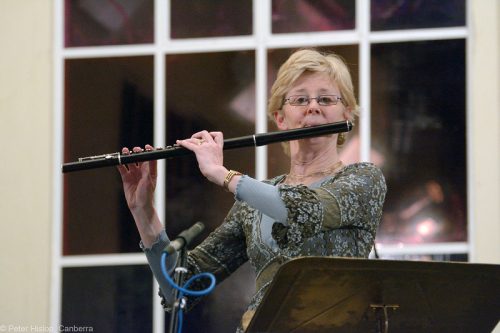
Then came something of an intermezzo featuring Kate Clark and her marvellous wooden flute. She played Debussy’s “Syrinx” (1913). The Fitters’ acoustic picked up the beautifully warm sound of her instrument and made it weightless as it floated around the room with unbelievable clarity and sonority.
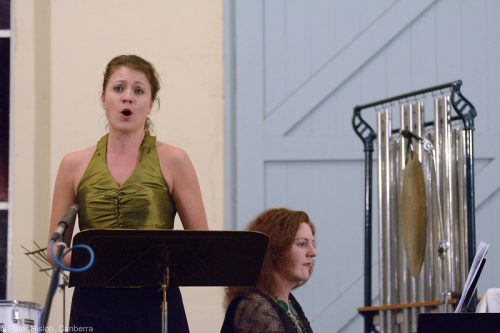
More in this vein was to come, with the equally clear voice of soprano, Simone Riksman. With accompaniment by Tamara-Anne Cislowska, Riksman gave a heartfelt performance of “Noël des enfants qui n’ont plus de maison” (1915), a song about the despair of homeless children at Christmas. At times the piano overshadowed the voice a little but Riksman’s voice filled the vast room with tonal clarity that lingered effortlessly.
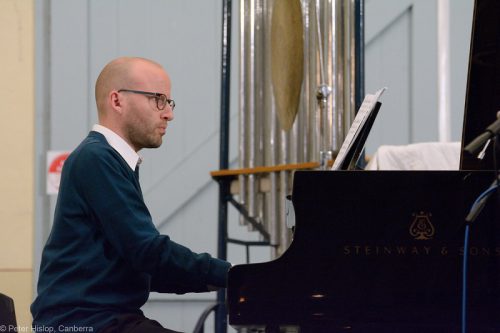
Then three more pieces by Debussy, written in 1914 and 1915 and played by Daniel de Borah. These were introspective, even sombre works that required a pensiveness that only the best pianists can deliver. De Borah certainly was up to the task, delivered a beautifully thoughtful performance of elegance and grace.

For the final works in this highly intelligent and inspiring concert, it was back to Ravel. The first was short – only a light-hearted 15 bars long – “Frontispiece for two pianos, five hands” (1918). For this performance all three musicians (Young, de Borah and Cook) sat at one piano. Only five cheeks would fit on the seats!
Closing the programme was “La Valse” (1919), arranged for two pianos and played by Cook and Forsberg. Like the earlier work these two performed, it required absolute precision in timing and co-ordination, which they achieved flawlessly. Again it was full of those chords, runs and urgency, bringing this fabulous concert to a thrilling conclusion.
All photographs by Peter Hislop.
Who can be trusted?
In a world of spin and confusion, there’s never been a more important time to support independent journalism in Canberra.
If you trust our work online and want to enforce the power of independent voices, I invite you to make a small contribution.
Every dollar of support is invested back into our journalism to help keep citynews.com.au strong and free.
Thank you,
Ian Meikle, editor
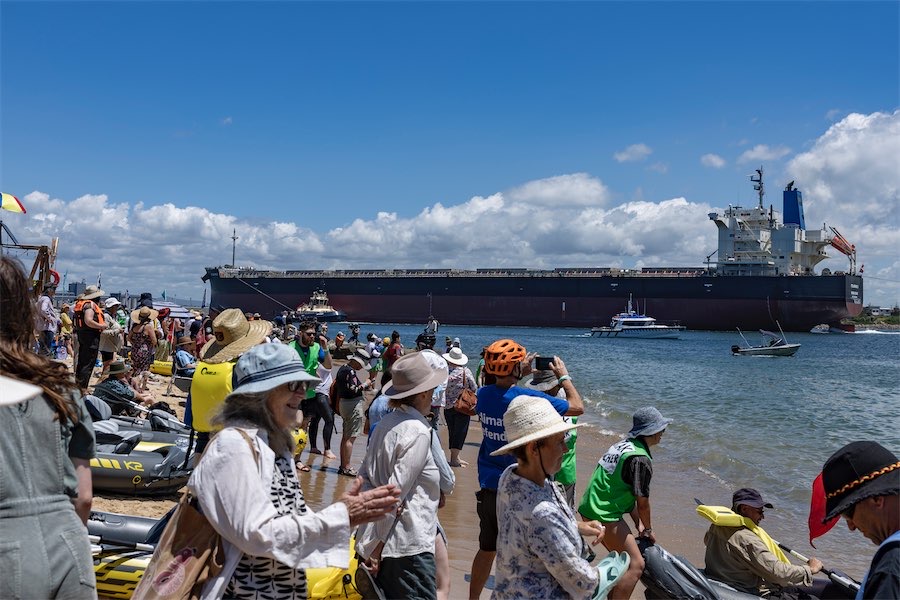
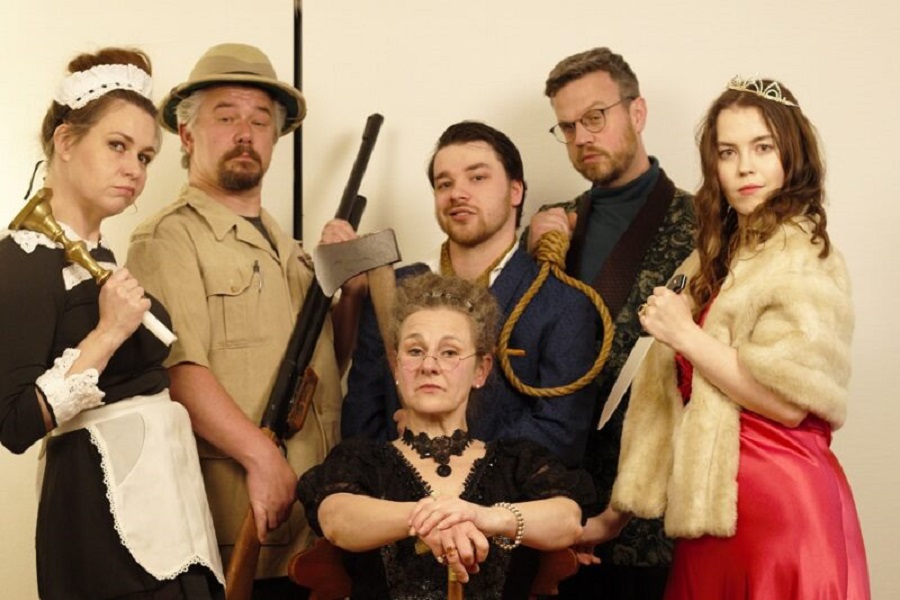


Leave a Reply